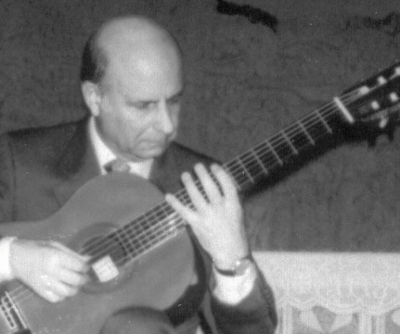

Yamashita started playing professionally in Japan in 1978. By his 30s, Yamashita had already released over 50 albums. This Japanese guitarist, born in 1961, is known for the expressivity of his playing and how active he is as a recording artist. Romero was still active well into the 2010s, although his output has slowed somewhat as he’s gotten older.Īmong the many excellent players from East Asia, Kazuhito Yamashita is one of the most famous. Romero has played several guitars, but notably played a guitar made by Hermann Hauser II, the son of the famous Hermann Hauser that made Segovia’s guitar. In addition to his solo work, he has also played as a member of The Romeros, a guitar quartet consisting of members of his family. He has played for many heads of state and members of royal families throughout the world.

Romero has recorded widely, having released over sixty albums.

Perhaps as a result of his experience in the world of flamenco, Romero’s technical variety and vivacity of playing are his most noteworthy characteristics. Also like Segovia, he has had a number of composers write music specifically dedicated to him to play. His first performance was given at the age of only seven, and he was one of the first Spanish classical guitarists who settled permanently in the United States.Ī contemporary of Segovia, Romero had a similar trajectory towards stardom. Born on March 8, 1944, in Andalucia in Spain, Romero started as a flamenco player in his teens before becoming one of the most famous classical guitarists in history. Pepe Romero is a guitar player known for his extraordinary virtuosity, as well as his embrace of flamenco. Like other guitarists who were pupils of Tarrega, Llobet’s technique emphasized a rich and mellow tone and a focus on tonality and articulation rather than sharpness of sound or speed. Like many other notable guitarists from this time period, Llobet played a Torres guitar that is now housed in a museum in Spain. Llobet toured widely throughout Europe as well as North and South America. The Albéniz piece “Asturias” is an especially believed piece of classical guitar music, featuring extremely fast tremolo passages. Many of these works are now considered standards of the repertoire, and indeed this entire period in the late 1800s in Spain involved a great flowering of guitar and romantic music. Llobet transcribed some of Albéniz’s works for the guitar. Llobet also had a connection to the Spanish composer and pianist Isaac Albéniz. Although it is not clear the extent to which Segovia studied with Llobet, he was one of the players that Segovia sought insight from throughout his career. Llobet is notable historically in that he was one of the teachers who influenced Andres Segovia, and is, therefore, one of the links connecting Segovia to Tárrega. Llobet toured extensively throughout Europe and America, playing both his original transcriptions of Catalan folk music as well as standard pieces in the guitar repertoire. He is, unsurprisingly, another virtuosic player who was associated with the rise in popularity and standardization of the guitar in the early 20th century. Born on 18 October 1878, Llobet was another disciple of Tárrega.


 0 kommentar(er)
0 kommentar(er)
